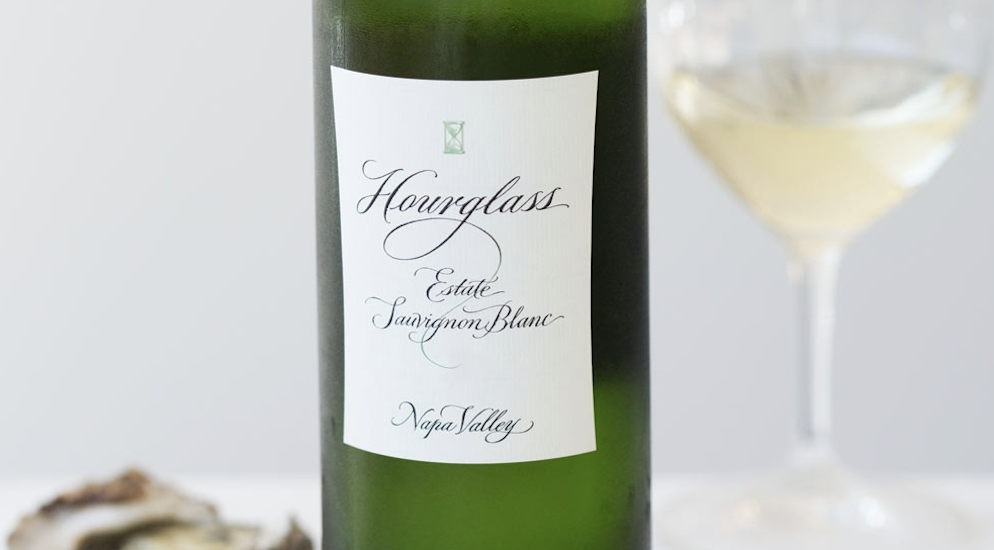
by Lorri | Feb 7, 2018 | UnCorked
I recently met Jeff Smith of Hourglass Wines in Napa Valley and was intrigued by his background and the winery’s remarkable story.
Smith is a Napa Valley native, growing up in the valley next-door to many of the families who have transformed this wine region into one of the most elite in the world.
The family moved to St. Helena from San Francisco in 1964, where Ned Smith, Jeff’s father, became Napa Valley’s second ever real estate agent. But the family’s wine story doesn’t begin until 1976 when his parents, Ned and Marge, bought a six-acre parcel with the ambition of opening an inn, planting a grove of fruit trees and building a house. The inn thrived but the fruit trees didn’t.
As fate would have it, his neighbor happened to be Dan Duckhorn of the famed Duckhorn Vineyards. His father saw his steadfast success with grapes and decided to join in the planting with his favorite varietal, zinfandel.
Jeff Smith went on to college in San Francisco and then, for a streak, to play in a successful rock band. He returned to Napa Valley to work at the Robert Mondavi Winery where he would learn directly from Robert Mondavi. He also spent some times in the spirits industry, as SKYY Vodka’s second employee. During his five years at SKYY, it grew from a tiny business to producing 600,000 cases in annual volume, making it one of the fastest brand growths in American distilled spirits history.
After Ned’s death in the 1990s when a widespread phylloxera epidemic wiped out the zinfandel vines, Marge considered selling the family’s vineyards, but Jeff believed there was something truly unique and rare in them. Jeff, after consulting with Mark Kliewer, dean of viticulture at the University of California, Davis, replanted, but this time with cabernet saugivnon and christened the newly planted vineyard with the name Hourglass — a nod to the area’s unique geography.
His deep roots in Napa Valley and those iconic neighbors may be part of his story but it is Jeff’s profound knowledge of wine and his creative dedicated approach to winemaking that make his brand Hourglass one of the most sought-after in the valley.
- 2015 Hourglass Estate Sauvignon Blanc, California (about $43 retail)
- 2013 Hourglass Estate Cabernet Sauvignon, California (about $132 retail)
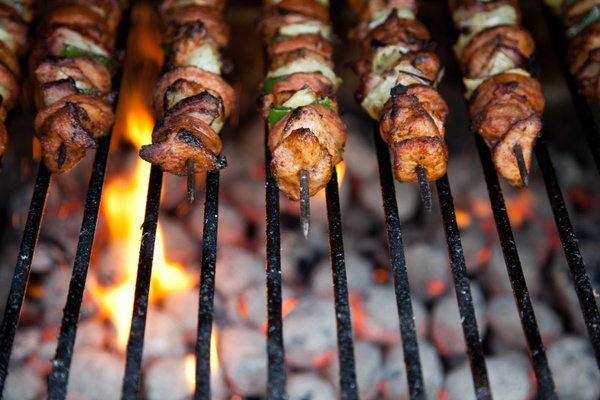
by Lorri | Jan 31, 2018 | UnCorked
Super Bowl Sunday is just around the corner. This American tradition for more than 50 years is so much more than an opportunity to watch a football game — it’s an excuse to prepare an indulgent feast and pair up our favorite beverages.
These are just a few of the menu items I will be preparing for my feast. In front of each item I am placing a small card with the food item and suggested wine pairing. If I get creative it may be in a fun football theme frame. It’s much the same as you would do if you were having wine and cheese pairing party.
Sparkling Wine and Potato Skins
THE VALUE
- NV Frexinet Brut Cava, Spain (about $12 retail)
THE SPLURGE
- NV Piper Sonoma Brut, California (about $20 retail)
Barbera and Pizza
THE VALUE
- 2015 Villa Monsignore Barbera, Italy (about $14 retail)
THE SPLURGE
- 2015 Renato Ratti Barbera, Italy (about $24 retail)
Chardonnay and Mac and Cheese Balls
THE VALUE
- 2015 Domaine Gayda Languedoc Chardonnay, France (about $12 retail)
THE SPLURGE
- 2015 Chateau Ste Michelle Cold Creek Chardonnay, Washington (about $27 retail)
Albarino and Buffalo Chicken Wings
THE VALUE
- 2015 Martin Codax Albarino, Spain (about $15 retail)
THE SPLURGE
- 2015 La Cana Albarino, Spain (about $19 retail)
Zinfandel and Pulled Pork Sliders
THE VALUE
- 2015 7 Deadly Zins, California (about $15 retail)
THE SPLURGE
- 2014 Beran Sonoma Zinfandel, California (about $35 retail)
Grenache and Barbecue Brisket
THE VALUE
- 2015 Flying Solo Grenache/Syrah, France (about $13 retail)
THE SPLURGE
- 2014 Grant Burge Holy Grail Grenache, Australia (about $38 retail)

by Lorri | Jan 24, 2018 | UnCorked
Finding a wine fitting your taste is not only a challenge for the enthusiast, but also connoisseurs. While there are many factors that determine wine styles, the vast diversity of the world’s climate and thousands of wine grapes growing across the globe bring the most variety in the taste and body style.
Climate describes what weather conditions (temperatures, rainfall, sunshine) are expected in a typical year. Climates suitable for wine production are generally divided into hot and cool climates. Broadly speaking, a region’s climate is determined by the latitude or, more simply, how close it is to the equator. The closer a region is to the equator, the hotter the climate: Think of South Africa versus Germany.
Elevation also has an influence. A region at high elevation will have a cooler climate than one closer to sea level even if they share the same latitude. The oceans also influence a wine region, depending on the temperature of the water. Consider the warm ocean current of Western Europe, and many wine regions of California, Chile and South Africa are cooled by cold ocean currents.
A general rule: Hot climate wines will generally be higher in alcohol, fuller body, with more tannin and less acidity. Cooler climate wines will generally have less alcohol, lighter body and more acidity.
Hot/warm climate regions — Argentina, Australia, southern Italy, California, central Spain, central Portugal and Southern France.
THE VALUE
- 2015 Pascual Toso Malbec Mendoza, Argentina (about $15 retail)
THE SPLURGE
- 2015 Penfolds Bin 28 Shiraz, Australia (about $32 retail)
Cool climate regions — Oregon, Washington state, New Zealand, Northern France, Germany
THE VALUE
- 2015 Chateau Ste. Michelle Gewurztraminer, Washington (about $12 retail)
THE SPLURGE
- 2015 Cloudy Bay Sauvignon Blanc, New Zealand (about $33 retail)
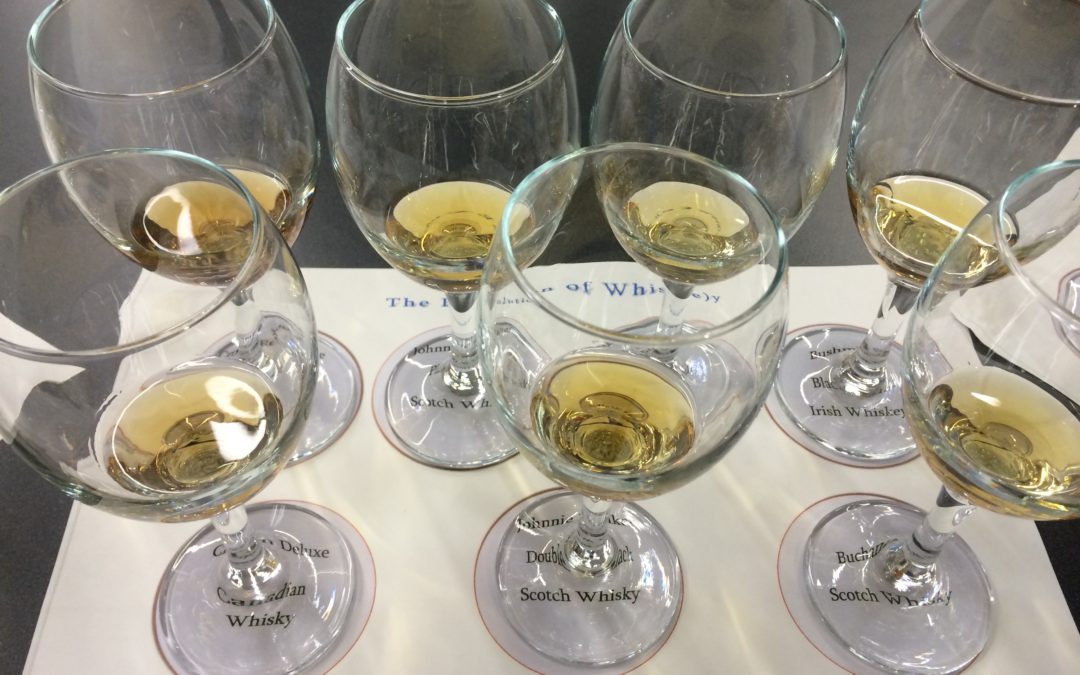
by Lorri | Jan 17, 2018 | UnCorked
With so many wine bottles lining the retail shelves it can be easy to miss new or emerging underrated wines. It’s easy to stick with the familiar, but there are so many unfamiliar wines out there to explore. Some are made with grapes you may not have heard of.
Portugal may be the most underrated wine region in the world. For centuries Portugal has been famed for its Port style wines. But this southern European country has a 300-year history of winemaking and boasts 250 indigenous grapes including touriga nacional, tinta roriz and touriga francesa. In the past, wines made in Portugal, other than Ports, rarely made it to the export market. Port producers considered the valuable grapes as worthy only to be made into luscious, sweet fortified wines. The grapes of lesser quality or those left over were used for local consumption. Today, Portugal’s wine industry is bringing unique value-priced and quality-driven wines to the world market.
THE VALUE
- 2015 Silk and Spice Red Blend, Portugal (about $13 retail)
THE SPLURGE
- 2015 Twisted Douro Tinto, Portugal (about $16 retail)
When it comes to obscure wines, I’m not sure you can top the distinctive aspects of the Nero d’Avola, a grape indigenous to Sicily. Talented producers are proving this grape’s quality and potential. Sicily has an ideal climate and geography for growing grapes, mountains for hillside plantings, low rainfall, poor soils and the intense summer heat ideal for ripening grapes. The Nero d’Avola undoubtedly has the potential to become a rising star in the wine market. It is capable of offering wines with great richness, texture and longevity, and has an easy drinking style that many wine drinkers seek.
THE VALUE
- 2015 Stemmari Nero D’Avola, Sicily (about $10 retail)
THE SPLURGE
- 2015 Planeta la Segreta, Sicily (about $16 retail)
Cremant de Limoux can easily rival the world’s best Champagne house and is a best kept secret for those who enjoy bubbly but are looking for a value. Cremant is made like Champagne with the “traditional method” using a second fermentation taking place in the bottle. The dry style is my favorite, with its rustic yeasty characters. Some of the styles made from the indigenous grapes of mauzac are also known as blanquette. The remainder of the blend generally uses the more known grapes, chardonnay and chenin blanc. For all of those celebrations or just the craving for bubbly, Cremant de Limoux will not disappoint.
THE VALUE
- NV Calvet Cremant de Bordeaux, France (about $17 retail)
THE SPLURGE
- 2015 Thomas Jefferson Gerard Bertrand Cuvee, France (about $24 retail)
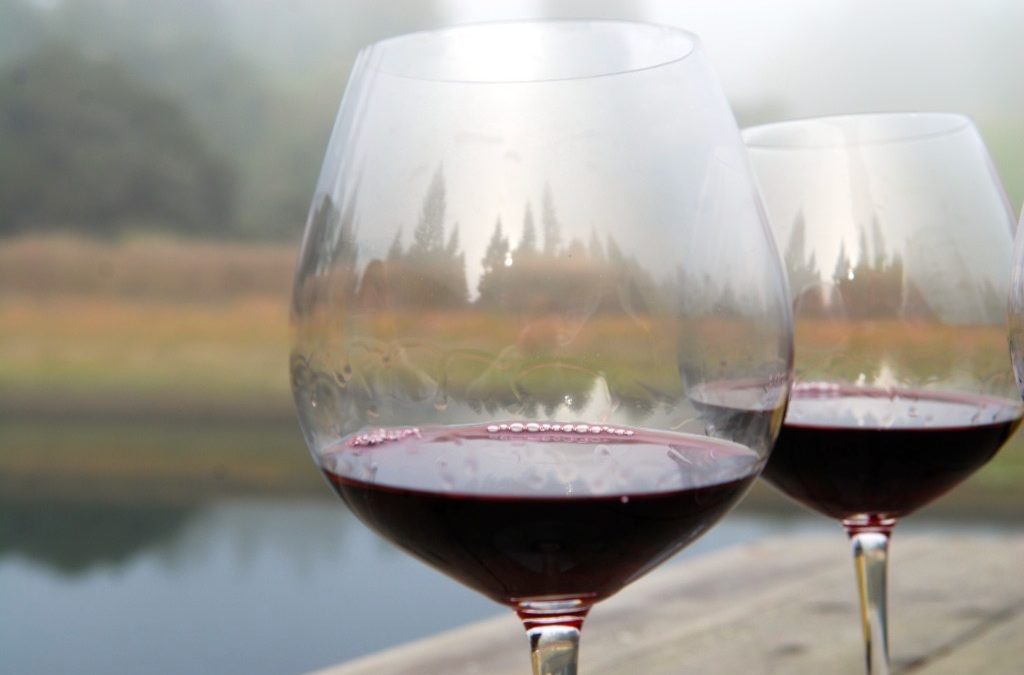
by Lorri | Jan 10, 2018 | UnCorked
Wine glasses come in all shapes and sizes, but there is really only one factor of vital importance: material. It doesn’t take an expert to know wine tastes differently from a glass than it does from a Styrofoam cup.
But, before this discussion, it’s important to understand the anatomy of a wine glass. A glass consists of three basic parts: the rim, the bowl and the stem.
The rim is the top edge of the glass, where your mouth meets the wine. The best glasses will have a very thin, smooth rim. If you have ever had a fine wine out of a thick banquet style glass you already know the experience is not as enjoyable as it is from a thin-rimmed glass.
The bowl is what holds the wine. Shape varies by glass, but most are narrow at the top, widening and rounding to the bottom. The shape of the bowl can accentuate specific characteristics of the wine. Some offer depth to bring out aromas while others show off bubbles.
The stem is the long thin part that makes it possible to hold the glass without altering the wine’s temperature or leaving smudges on the bowl and disturbing the visual experience.
For the overall makeup, quality glasses are made of two materials: crystal or glass. For most of us enjoying a glass of wine over a weeknight dinner, we may not be able to discern the difference. But there is a difference.
Depending on the brand, crystal is glass with lead monoxide, also called lead oxide. Many manufactures also produce lead-free crystal with zinc and magnesium oxide. The most important reason for this addition is the minerals cause the glass to have light refraction, giving stemware its sparkle. If you hold the glass to the light it will capture a prism and create a rainbow effect. Another way to know if it is lead is to wet your finger and run it around the rim, with lead you usually hear a slight musical quality or when tapped using a utensil, crystal will generally ring.
Crystal and glass have advantages. Price generally is the main reason behind a consumer purchase. Glass is less expensive and easier to care for.
When it comes to washing and durability, crystal is more fragile and it’s generally not a good idea to throw into the dishwasher.
But when it comes to enjoying the taste of fine wines, crystal stemware provides the best experience.
THE VALUE
This is an excellent choice for everyday durability. It uses a trademarked, thinner glass, making it stronger, with a laser-cut rim that makes it thinner. It’s durable, dishwasher safe and made lead-free.
- Libby Signature Kentfield Estate All Purpose Wine Glass (about $32 for a set of 4)
THE SPLURGE
This glass offers an elegant everyday glass. It has the tulip shape bowl for capturing red and white wine aromas, is lead-free, and it’s the ideal size to manage on a dining table. The laser-cut rim also gives the exceptional experience in tasting. And it’s durable enough that it could go into the dishwasher.
- The Riedel Vinum Zinfandel/ Riesling Grand Cru (about $50 for a set of 2)
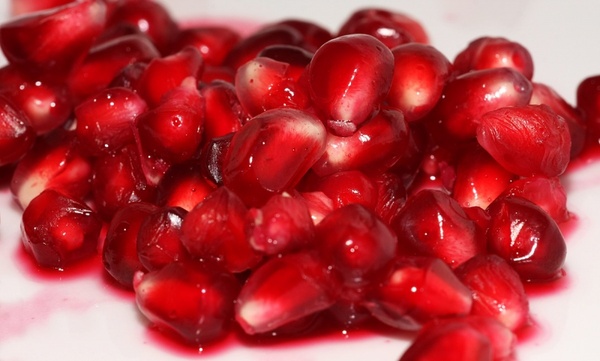
by Lorri | Dec 27, 2017 | UnCorked
Punch is back.
The crowd-friendly concoctions are appearing on celebration beverage menus and are more hip than ever. But today’s punches aren’t the old-style sherbet punches or the stereotypical renegade in the movies spiking punch bowls with Everclear.
My inspiration came from not only the many bartenders around the world holding “punch” competitions much like the “cocktail” rivalries but from books like David Wondrich’s, Punch and Dan Searing’s The Punch Bowl.
In the books, we walk through the history and the reasoning behind the re-birth of this drink. The challenge is modernizing recipes from the 18th and 19th century. These punches were often made to serve army regiments and other large groups of hundreds of people or more. Many of these early recipes include directions with phrases such as, “place in trough to serve” and “mix with a wooden paddle.”
Punches are a tasty hassle-free option for entertaining a large group. And if you stick with low alcohol wines as your main ingredients, punches offer a sipping treat for a long evening of celebration versus heavy, high-alcohol cocktails.
To make serving easier have your punch mixed, chilled and ready to serve several hours in advance.
Remember, when making a punch the wine will be mixed with other ingredients so you will be modifying the wine’s distinctive flavors. With that in mind, I suggest using good quality but value wines. Save the expensive bottles for when they can shine on their own. Your goal is a well-made wine with good acidity and structure.
I generally use Spanish cava, California sparkling wines or French cremant. These wines not only have the key to the structure of the punch but are also excellent value prices for large groups.
This is a recipe I have used several times and always receives rave reviews from my guests.
Pomegranate Sparkling
3 tablespoons sugar
1 cup pomegranate juice
3/4 cup chilled late harvest white wine
2 (750-mL) bottles chilled sparkling wine
2 oranges thinly sliced crosswise
1/4 cup pomegranate seeds
1 cup diced fresh pineapple
In a punch bowl, dissolve the sugar in the pomegranate juice stirring vigorously. Add the wines, and then fruit. Chill well before serving. Serve over ice, if desired.
THE VALUE
- NV Toso Brut Sparkling, Argentina (about $10 retail)
THE SPLURGE
- NV Gloria Ferrer Brut Sparkling, California (about $19 retail)





